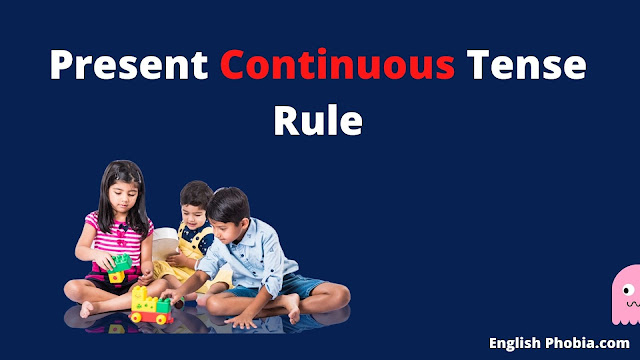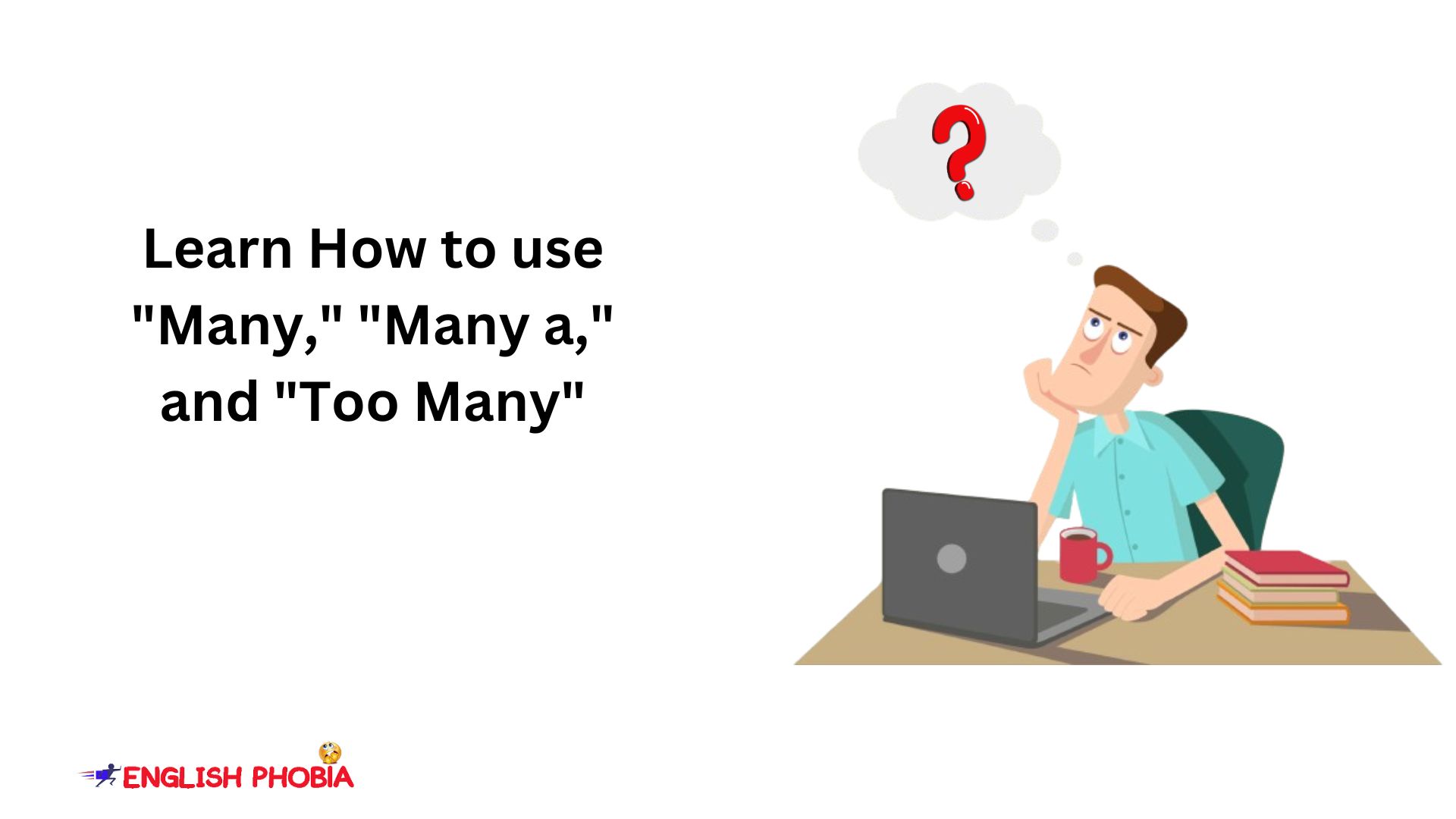Language learning is a constant process for every day’s improvement. I don’t need to tell you how significate the communication skills are. Tense is one of the most indispensable chapters of English Grammar that helps us to form grammatical sentences accordingly. It clearly differentiates the actions based on the different time periods. Today we are going to learn the Present continuous tense rule. It is a very important task to learn the formulae and identities first before we move on to learn their multiple uses.
What else can we call the present continuous tense?
There are some other names as well that you can use for it. These are the progressive tense and the imperfect tense are the pseudonyms for this tense.
When to use it?
You can have a doubt about where to use this tense or what are the identities to recognize it. Here is the answer to your questions. Present continuous tense is used to show the currently ongoing activities in English.
If anything is happening in front of you this can be, the air is blowing, the children are playing, and the men are working, and so on.
These are some examples of current activities which you must describe in the present continuous tense only.
There are certain adverbs that evidently emphasize to use this tense only.
The adverbs of time for the present continuous tense
(These days, currently, presently, right now, now, still, at the moment, at present, nowadays, at this time)
Present continuous Tense
The ending of your actions is similarly
I am giving some examples of present continuous tense examples
1. I am typing my presentation for the upcoming meeting.
2. She is preparing herself for the annual function.
3. Neha and I are working very hard to get this AdSense approval.
We are going to learn the Present continuous tense rule to form sentences in this tense.
Whenever the continuous word is used in English.
Let’s learn the formation of this tense first.
|
Subject |
Helping |
Action |
|
I |
Am |
V1+ ING |
|
We, You, They |
Are |
V1+ ING |
|
She, He, It |
Is |
V1+ ING |
|
Singular Noun |
Is |
V1+ ING |
|
Plural Noun |
Are |
V1+ ING |
In tenses, there are a few steps that you must fix in your mind to learn the Present continuous tense structure. This varies from sentence to sentence. There are usually 4 types of sentences based on writing.
1. Affirmative: affirmative sentences are simple statements that we use to answer.
(Subject + Is/am/are + V1+ Ing)
Example -: I am learning how to play the flute these days.
2. Negative: negative sentences are used to show a disagreement, refusal, and disapproval of something. This type of sentence must have a negative expression such as not, never, seldom, rarely, barely, or neither, etc.
[Subject + (Is/am/are + not) + V1+ Ing)
Example -: The Afghanistan soldiers are not going to surrender from the Taliban.
3. Interrogative: when you have asked something to something, the question you would use, is an interrogative sentence. It is used to get the unknown information about something or someone.
(Interrogative pronoun + Is/am/are + Subject + V1+ Ing?)
Example -: Are you seriously learning English grammar for free?
4. Negative Interrogative: This is a compound type of sentence as it contains both a negative and an interrogative sentence together. It is used to answer for something with a valid reason.
(W.H.F. words + Is/am/are + Subject + not + V1+ Ing?)
Example -: Why are they not coming with us for this trip to The United States?
Now let’s move on to the multiple uses of Present continuous tense examples.
1. At the time of speaking -: This is used to express the actions which are in the continuity at the time of speaking.
Examples
He is completing his school H.W. right now with the help of his friend.
The children are playing outside presently.
2. A current ongoing action -: This is used to express the actions which don’t take place at the time of speaking but they still exist.
Examples
What are you doing these days?
Nowadays I am learning social media marketing.
I am reading a fabulous book to revise my English lessons.
3. Relates Future -: This is the only tense that connects the present actions with the future tense. This gives a clear glimpse of upcoming actions.
Examples
My brother is going to New York next week.
Narendra Modi is coming to meet me tomorrow.
4. Undesirable Actions -: This present continuous tense use represents an undesirable action with Always’.
Examples
He is always interrupting me during my studying time.
They are always coming late in the class.
5. Non-Progressive verbs -: You will be baffled to know that there are some verbs that are not used in the present continuous tense such actions are always used in the present indefinite tense. Let’s know these verbs now.
I. Verbs for senses -: hear, see, smell, notice, taste, see, etc.
II. Verbs for thoughts -: Believe, trust, forget, regret, mind, understand, know, suppose, remember
III. Verbs for expression -: want, wish, love, hate, like, fear, prefer, refuse, hope, etc.
IV. Verbs for possession -: Own, have, belong, owe, possess, etc.
V. Verbs for appearance -: Keep, appear, contain, consist, matter, concern and seem, etc.
Examples
I am smelling the fragrance with my nose. (Incorrect)
I smell the fragrance with my nose. (Correct)
I am believing in god. (Incorrect)
I believe in God. (Correct)
I am having a car and a bike of my own. (Incorrect)
I have a car and a bike of my own. (Correct)
I am loving my best friend. (Incorrect)
I love my best friend. (Correct)
These types of verbs can be used for deliberate actions.
1. The judge is hearing a case.
2. I am thinking of a solution to this problem.
There is a Present Continuous Tense exercise, you should answer the following questions.
1. My mother …… (Cook) my favorite food for me right now.
2. I ___ (read) a novel now.
3. When __ you __ (leave) for Mumbai?
4. My sister __ (knit) a sweater for me.
5. Who __ (wait) for you?
Write the correct answers for the above-written questions in the comment.












Ans –
1st – Cooking
2n- reading
5th – waiting
1. is cooking
2. am reading
3. are leaving
4. is knitting
5. are waiting
1. Is cooking
2. Am reading
3. Are leaving
4. Knits
5. Are waiting
1. is cooking
2. am reading
3. are leaving
4. is knitting
5. is waiting